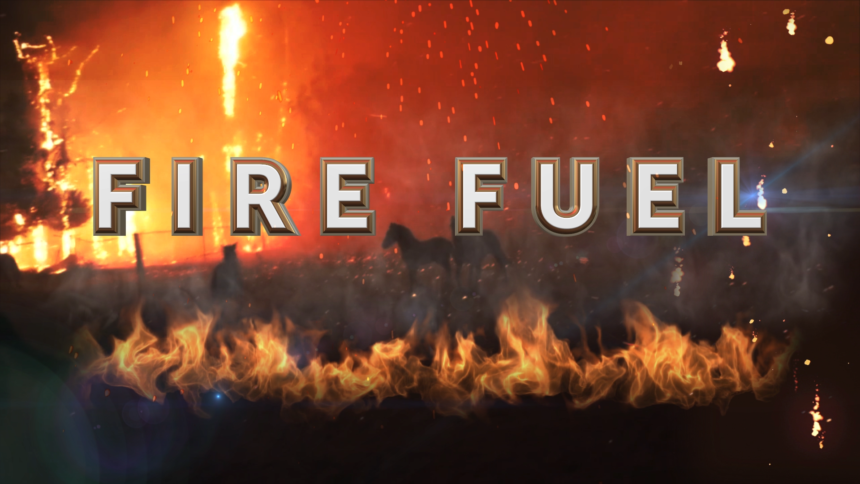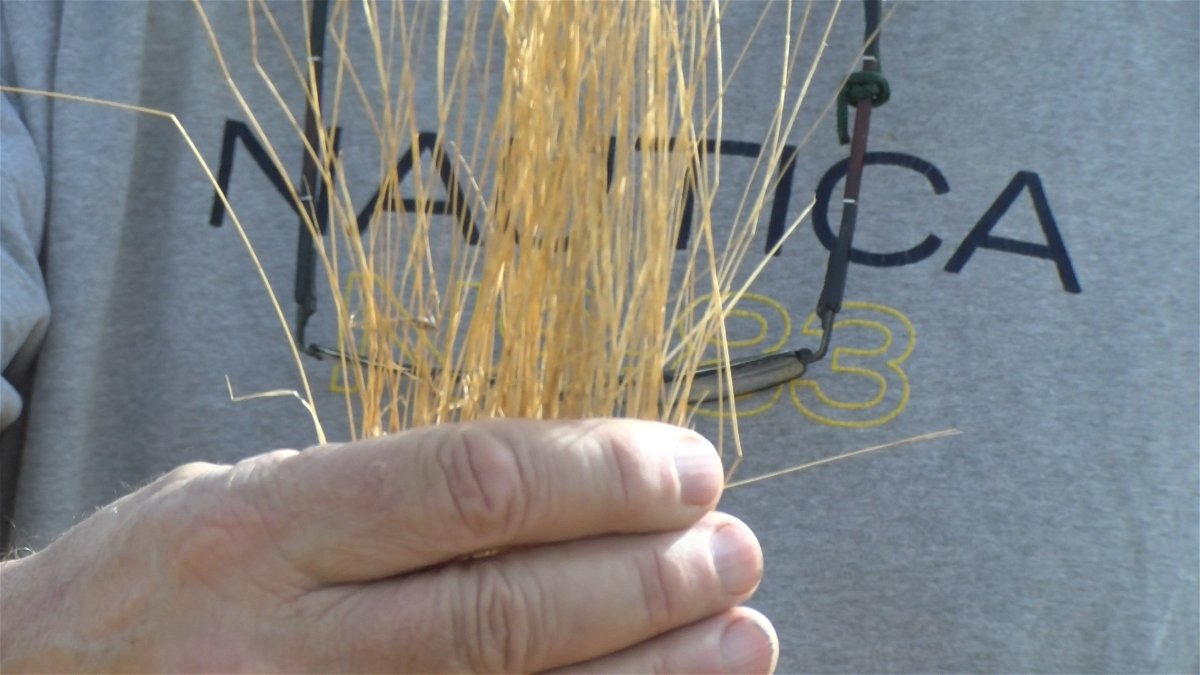Non-native grass and increasing wildfires

A study was done by researchers from the University of Massachusetts Amherst where they looked at 12 different invasive grass species across the entire lower 48 states to see whether they may be promoting fire at a local scale. They found that 8 of these species were promoting fire frequencies, how many times a fire happens in one place.
A study was done by researchers from the University of Massachusetts Amherst where they looked at 12 different invasive grass species across the entire lower 48 states to see whether they may be promoting fire at a local scale. They found that 8 of these species were promoting fire frequencies, how many times a fire happens in one place.
We spoke with the lead researcher from the study, Emily Fusco, as she gave us details on this study and how these invasive species could be stopped. We also spoke with a fire ecologist and professor from the University of California Riverside, Richard Minnich, on how these invasive species are directly impacting the fire seasons here in California. He also emphasized seasonal rainfall and how it's fuel to wildfires may be more important to our fire seasons.
Emily Fusco, the lead researcher in the study stated, “All of these grass species were introduced by people. And this is the way that all of our unknown species are introduced either intentionally or accidentally.”
Cheatgrass and common Mediterranean grass are some of the invasive grass species to look out for in California. This kind of grass can get very dry. In reference, Fusco states, “They are really fine fuels. They essentially act as kindling. So once they are present in an ecosystem that might not otherwise have anything that could catch a spark… we now have this really fire receptive fuel in a system that might not have otherwise had it.”
Their data was limited in California, so we spoke to fire ecologist, Richard Minnich, and professor at the University of California, Riverside to how this affects us here in Southern California.
Minnich stated, “Pase of burning in this vegetation which we call coastal sage scrub here has definitely increased especially since about 1960 and this is as a result of the invasion of many kinds of grass.”

The majority of the fires in California over the last year have been grass fires. Grass fires burn at the least intensity because they have the least amount of biomass. But, they spread very fast because it is entirely dead fuel.
Minnich emphasized that the wildfire seasons in California are mostly based on the seasonal rainfall. The more rainfall, the more fuel available to burn. Minnich stated, “If you don’t want a burning, you want drought.”
Fusco finished our conversation with a look ahead into how these invasive grasses can be stopped. She said, "I think that we have our invasive species management and a lot of people working on fire management plans and so the first step to that is just making sure that these two groups where there are distinct groups have an opportunity to talk to each other so they can come up with plans together."
As for the public, being aware of the kinds of species you are planting in your yard and surrounding areas. Fusco followed up with, “It’s a relatively new thing for people to think that plants can be doing bad things at all. For a long time, plants were always good and so we are finding with some of these invasive species they have negative impacts that we may not have thought about otherwise”
A full list, with images, of all invasive plants in California, including invasive grass, can be found online at the Center for Invasive Species and Ecosystem Health. A direct link to this source CLICK HERE.
